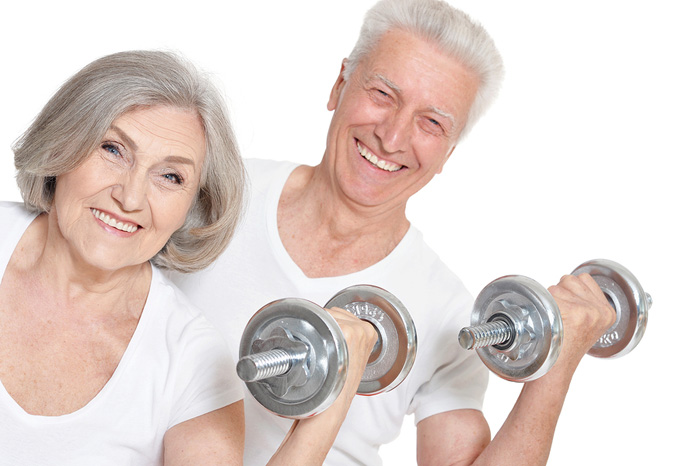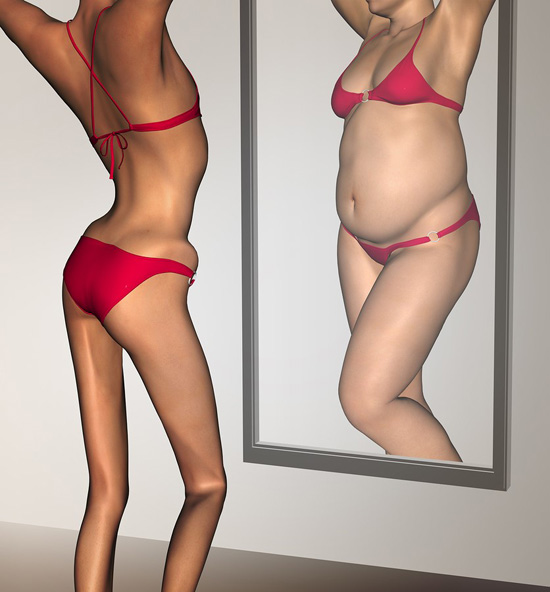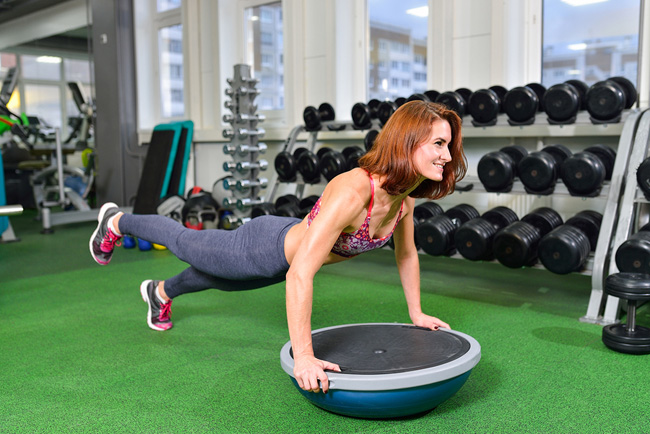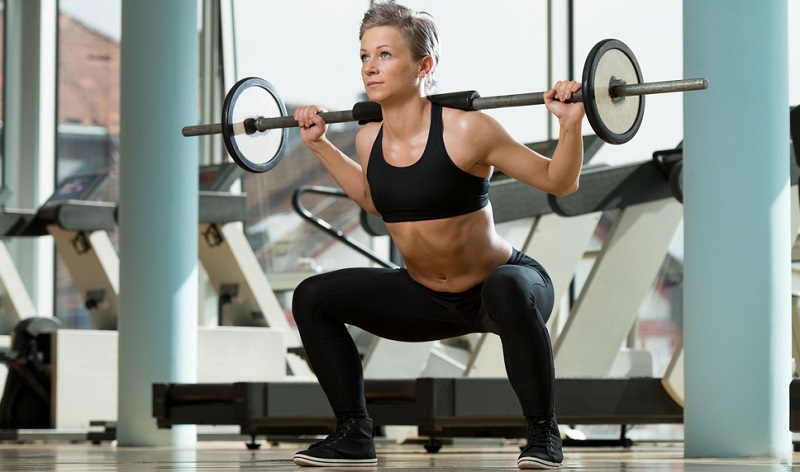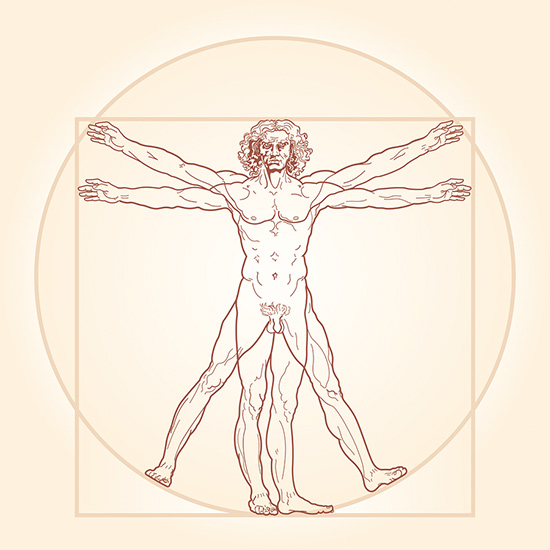Weight Training For Women -- Getting Strong
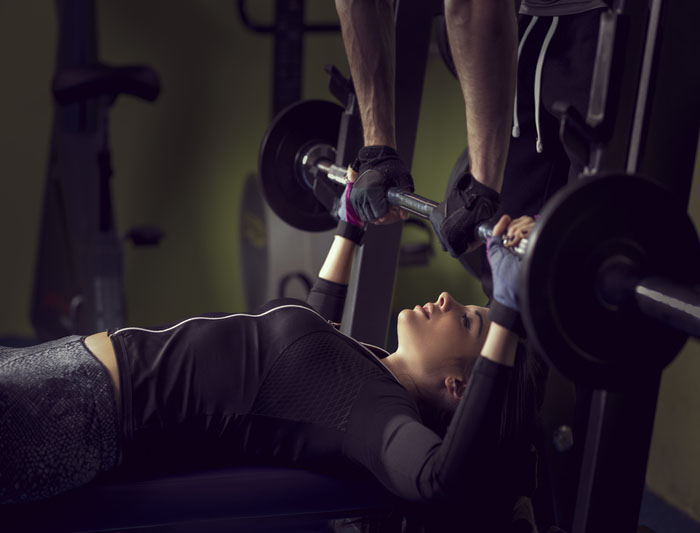
Female Muscle Building
Weight training for women is still not the norm, even though it's the best way to build a shapely, toned figure, not to mention the benefits to being strong as we age. According to recent polls, only 20% of women practice weight training on a regular basis. It's time we turn that statistic around.
Not only does the myth persist that women will 'bulk up' if they weight train, when we do see images of women strength training, they're holding 1 lb. to 3 lb. weights in their hands while doing exercises. Although you might burn a couple more calories, it isn't the type of strength training your body needs to build and maintain muscles to keep you strong as you age to prevent the loss of mobility, function, falls, and mortality associated with sarcopenia.
Muscle has no gender. Both men and women must follow the same principles of muscle building. To make meaningful strength gains, the movements must be done with the proper amount of weight for a limited number of repetitions.
Our bodies adapt to the demands we do or do not place on them. More overall demand increases fitness, less demand leads to decline in fitness. In terms of muscle, more or less demand increases or decreases muscle strength and size.
Weight Training for Women -- the Big No No's
Weight training for women doesn't have to be different than it is for men; however, it is quite adaptable to meet your individual goals.
The purpose of this article is to focus on false notions and to address particular areas of body development that may be important, specifically, to women.
One of the greatest fears women have about weight training is they don't want to be muscle-bound or resemble a man. Men have a natural propensity to build muscle that women don't have. With that said, here are the big no-no's for women concerned about losing their female symmetry.
Under Armour Shoes for Women on Amazon -- Great Styles and Colors
No-No #1 NEVER use weights when you are doing waist exercises.
When I see a woman with a weight in her hand doing side bends, I cringe. Some trainers seem to persist in having women do this. Why in the world would you want to build the muscles along the sides of your waist?
Using weights for waist exercises is great for men because good male symmetry includes a fairly straight, thick waist – not one that curves inward. There are alternative waist exercises and movements that can keep those muscles functionally strong and create a girdle without building them up.
I can't stress this enough. If you're looking for your waist to appear smaller, are not a competitive bodybuilder, or your sport doesn't require super-strong muscles along your waist. If a trainer tells you to use weights to develop your waistline, just say, "No."
No-No #2 NEVER do shoulder shrugs!
Again, certain trainers will suggest this exercise for women. I wince when I see women doing this movement. Shrugs build traps -- those big sloping muscles between the neck and shoulders.
We want to look like women, not apes. It may look great on wrestlers and football players, but it is not an attractive feature for a woman.
Also, be careful on certain shoulder exercises. Keep those traps relaxed during the movement, so you aren’t working them unintentionally.
ADJUSTABLE DUMBBELL SETS at Amazon
Venturing into the Weight Room
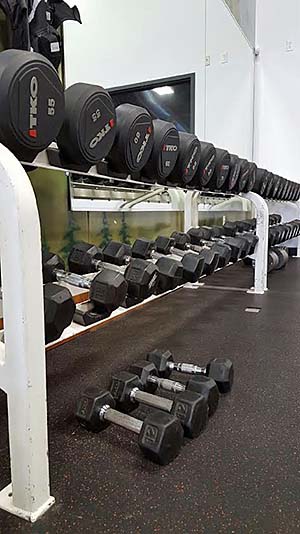
It doesn't take long to feel comfortable in the weight room. As your strength increases, and it will, your confidence does as well.
Within a few years, I
was actually stronger than the average man in the gym. So, I eventually earned my place on the food chain the
minute they saw how much weight I was moving – not to mention that men quickly gain respect when a small-boned, solid-bodied woman follows them on a machine
and increases the weight they were just lifting.
TIP: Invest in a good pair of padded gloves specificially for weight training. It not only prevents your hands from getting calloused, the increased grip allows you to have greater control of the weight and to lift without feeling pain.
Bonnie's Fave!
Into the Gym for the First Time?
Female muscle building is no longer unheard of as it was when I started back in the 70s. I was a rare sight in the gyms at that time; but, I learned my way around quickly. Here are a few tips.
- If you have a trainer or a friend, ask that person to accompany you the first time or two.
- Go in there with knowledge; and if you have questions, don’t be afraid to ask.
- Let them see that you are serious and not in there because you are looking for a date. I think it helps everyone relax when they see what your true intentions are. This is not to say that you won't meet someone special in the gym. I did!
- Know a bit of the lingo and proper etiquette.
I can’t count the number of times a man has told me that he wished his wife or girlfriend would come to the gym with him.
Weight training for women will continue to become the norm one woman at a time.
If the thought of walking into a weight room or being around the equipment, you might consider bodyweight strength training.
Topics That May Interest You

Writer/attorney, Bonnie Gabaldon, is the developer of the health & fitness website, BodiesOfEvidence.com.
Bonnie graduated summa cum laude from Oregon State University with honors. She is a member of Beta Beta Beta Biological Honor Society and Phi Kappa Phi Honor Society.
She researched and authored a significant undergraduate independent study paper, The Effect of Female Hormones on Elite Female Athletes During the First Trimester of Pregnancy.
Bonnie attended the University of New Mexico School of Law and Georgetown Law Center, and has been a licensed attorney since 2003.
Some of the advertisers on my website are affiliate partners, which means that I may receive a small commission from any sale, at no extra cost to you.
For example, the Amazon affiliate advertising program is designed to provide a means for sites to earn fees by advertising and linking to amazon.com.
Your tips and purchases help to support this free-information website.
Thank you.
The content of this website is for informational purposes only and not intended to be taken as a replacement for professional medical advice, care, diagnosis or treatment by a doctor, dietitian, physical therapist, nutritionist or fitness instructor.
DO NOT BEGIN ANY EXERCISE PROGRAM WITHOUT CHECKING WITH YOUR DOCTOR FOR UNDERLYING CONDITIONS THAT MAY PREVENT YOU FROM DOING SO.

